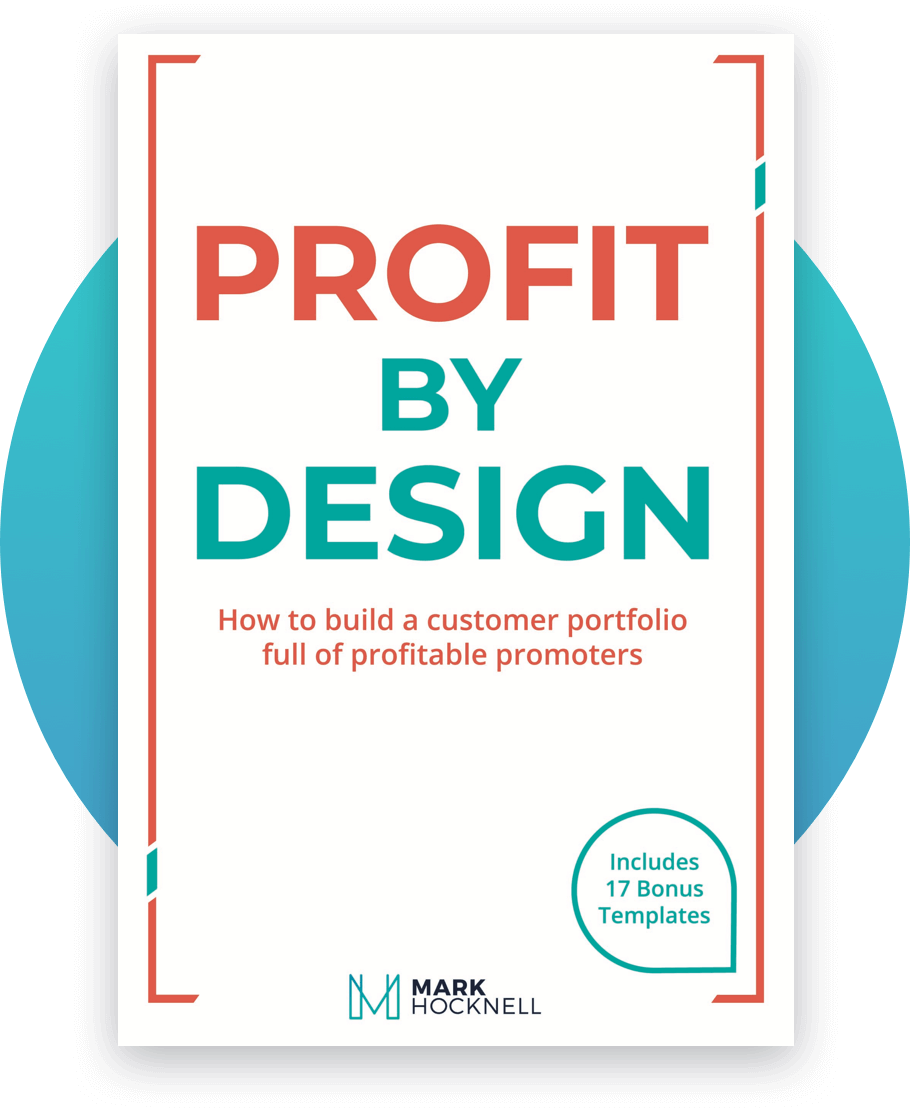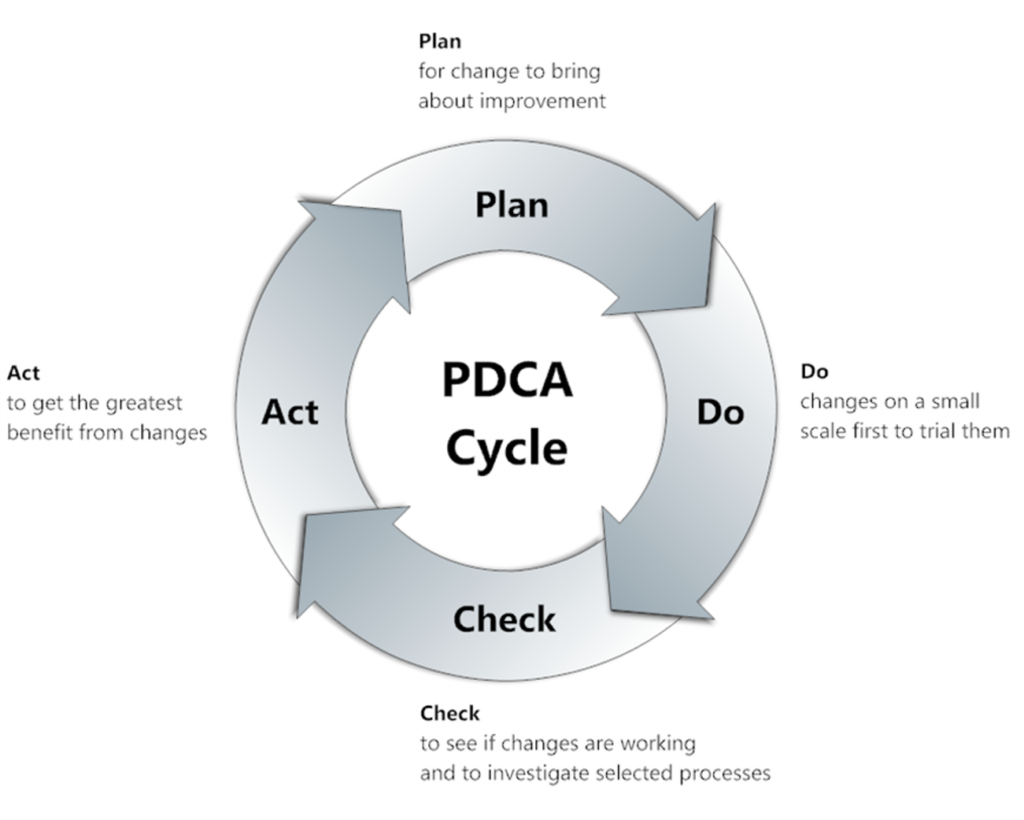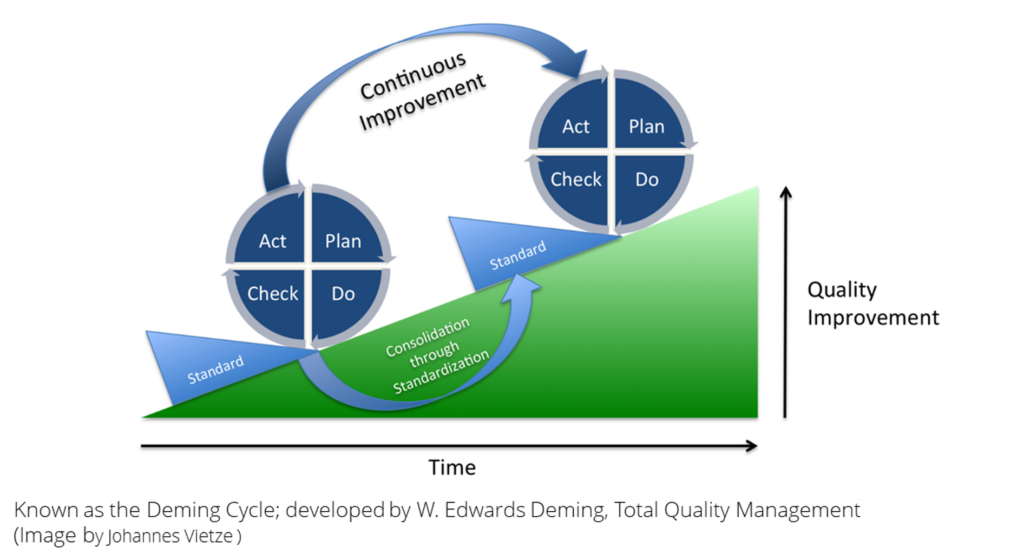High performing teams gain performance improvement. They plan, act, learn and replan to realise performance improvement.
They have a culture of learning, supported by having a performance measurement framework that provides feedback.
Iterative and progressive improvement is achieved over many cycles of acting, measuring and learning.
High performing teams use measurement and improvement techniques to realise and evidence the change they are looking
Performance Frameworks
Okay when we start to think and talk about frameworks for managing performance we tend to get all left brain. We get all those algorithmic neurological processes buzzing around. However, high performing organisations get a pragmatic framework in place that is a mix of left and right brain work, heuristic and analytic thinking.
Many organisations today are looking into improving their performance frameworks. This is mainly due to an increased awareness of the need to proactively manage outcomes and often from the need to improve regulatory reporting.
That is, we might be reporting all the numbers and financial data that we have, but this really misses the mark in terms of truly providing feedback on how we have improved performance over time. We lack the evidence, often due to the KPIs we are using. They tell us what we have done. Not what the impact was.
Key questions keep arising. What are the results we are achieving from all our effort…? How can we demonstrate an improvement in performance..?
Hig performing teams leverage performance measurement frameworks, not just the reports we produce. These frameworks are an articulation of the results we seek, and measurement on the progress we are making towards the results.
Action Learning Cycle
The Action Learning Cycle has been around for quite a while, originally said to be developed by British physicist Reginald Revans in the 1940’s. Bu if we go back a little further, we find that the action learning cycle came from Dr Walter Shewhart’s work in the 1920’s.
Today it is proven as a basic method to get things moving, remember making progress is one of the keys to organisational momentum and motivation.
Most versions of the Action Learnign Cycle follow a cycle of: Plan, Do, Check Act – or Plan, Implement, Observe/Check, Reflect, Re-plan, Act, Observe, Reflect, Re-plan and so on towards our goals.
And yet when we think performance management, we seem to want to get all theoretical, rather than practical. Those left brain, algorithmic electrons tend to trick us into thinking there must be an established set of instructions to establish a framework. But these instructions are hard to find.
We need a method to develop this framework. The PuMP (performance measurement) method provides an excellent approach. PuMP provides all the tools and techniques to help us develop meaningful measures that give us evidence in the Checking of the Action LearningCycle.
Continuous Improvement
Good measurement practice is a cornerstone for continuous improvement. It is the “check” in plan, do, check and act.
Extensively developed initially by Dr W. Edwards Deming, continous improvement is the ongoing action learning cycles, that move towards higher levels of quality and performance over time.
Locking in a standard of performance once the checking – evidenced by the performance measures – once the change in performance is verified.
PuMP and the ALC
The performance and measurement frameworks that guide our direction can still be based on the intuitive ALC.
- We need a Plan. So what do we need to achieve, what do we want to achieve. Let’s define these into a set of Results. These are performance Results, no weasel words, not actions, a description of what we want to achieve (not do). Once we have the Results we can design performance measures for these Results.
- Act. We have the plan and now we have added the actions, projects or initiatives that will progress us towards the Results. Great, let’s Act.
- Observe – what do we observe…? Well whatever is observable is measurable. These are our performance measures, they provide us feedback on how we are progressing (or not) towards our Results.
- Reflection, Learning and Re-plan.
Just add enthusiasm and motivation (from demonstrating the progress we are making) and you’ve got the perfect mix for success.
Performance measurement frameworks enable high performing cultures
When we have these elements in place then we will have a framework that provides feedback on what we are trying to achieve. We will be receiving feedback on the progress towards our purpose and results that enables a better understanding of performance, targets and measurement.
These approaches also help us with the shift away from only looking at the financial outcome measures. Financial metrics are rear-view-mirror indicators of impact of what we did. They don’t tell us how well we did it, or what we learned from doing it.
High performing organisations are those that learn. They have a culture that engages with measurement (KPIs and performance measures). A results map with performance measures will provide the framework for measurement. Iterative and progressive improvement is achieved over many cycles of acting, measuring and learning.
Learn more about PuMP and KPIs on my page where you can also download white papers for more insights.
Or in this blog on the Eight Steps to a High Performing Organisation





